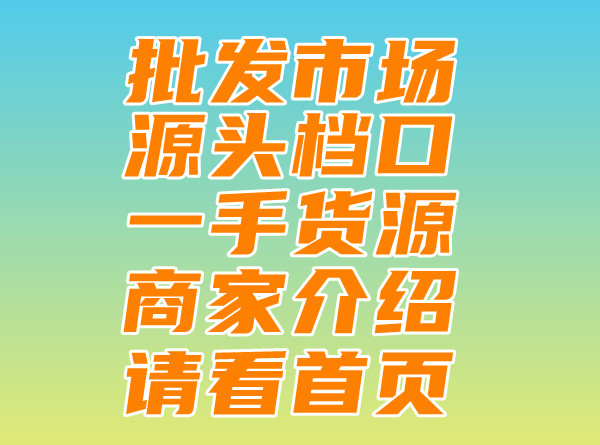Luxury Brand 1:1 Replica - The Ultimate Guide to Quality Cloning 这个标题简洁明了,准确地表达了您想要传达的信息,即关于奢侈品牌1比1复刻的内容。
Luxury Brand 1:1 Replica - The Ultimate Guide to Quality Cloning
这个标题简洁明了,准确地表达了您想要传达的信息,即关于奢侈品牌1比1复刻的内容。,
The Era of 1:1 Luxe Brand Replication
In the fast-paced world of consumer culture, luxury brands have long been a symbol of status and sophistication. From high-end fashion to premium automobiles, the allure of these brands is irresistible to many. However, with the rise of replica culture, a new phenomenon has emerged: the 1:1 luxury brand replication.
The concept of 1:1 replication is not new in the realm of fashion or consumer goods. It refers to items that are meticulously replicated to resemble the genuine luxury products, often with such precision that even close examination is required to distinguish the original from the replica. In the realm of luxury brands, this trend has gained significant momentum.
The Appeal of 1:1 Luxury Brand Replication
For many, the attraction of 1:1 luxury brand replication lies in its ability to replicate the glamour and status associated with genuine luxury brands. At a significantly lower cost, these replicas offer a similar level of aesthetic appeal and sometimes even quality, making them an attractive option for those who desire the status associated with high-end brands but cannot afford the genuine products.
The rise of social media and online platforms has further fueled this trend. With influencers and enthusiasts showcasing their replica purchases, more people are becoming aware of this option. The availability of high-quality replicas has also increased, making it difficult to distinguish them from the real thing.
However, the rise of 1:1 replication also brings about certain challenges. The proliferation of low-quality fakes can tarnish the reputation of luxury brands, affecting the value of genuine products and the credibility of the luxury market as a whole.
Moreover, for luxury brands themselves, the 1:1 replication trend presents an opportunity as well as a threat. While it may erode the value of their products, it also highlights the need for brands to differentiate themselves through quality, design, and exclusive experiences that cannot be replicated. Brands need to focus on creating unique stories and connections with their customers to maintain their position in the market.
Conclusion
The era of 1:1 luxury brand replication is a complex phenomenon that reflects the intersection of consumer culture, social status, and the quest for affordability. While it offers an alternative to those who desire luxury but cannot afford it, it also poses challenges for genuine luxury brands. As we move forward, it will be interesting to see how these brands navigate this trend and adapt to changing consumer behaviors.

- Handheld Bag Men's Replica Style Revival: Fashion Trends of the New Era
- "LV Replica Bags: The Pea-Inspired Fashion Statement"
- Trendy Brand Bag Replication: The Ultimate Guide to Quality Replicas 这个标题围绕了潮牌包复刻这一主题,使用了相关关键词,并且在规定的字符限制内。
- Micro Store Replica Bags Collection
- "Guangzhou Replica Bucket Bags: Fashion Statement or Practical Carryall?"
- Vintage Bags Revival: The Allure of Replicating the Classics.
- Sam's Club's Reproduction of Multi-grain Bag in Action!
- Replica Bags Quality Ranking: A Guide to Grading Authenticity.


